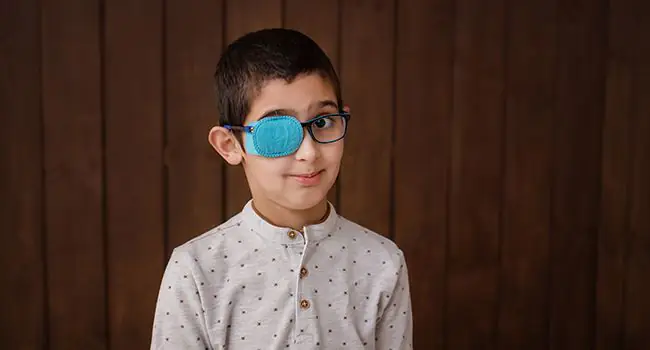Strabismus is a condition in which the eyes do not properly align with each other while looking at an object. The eye so focused on an object tends to move in a haphazard manner. While in some people the condition is present occasionally, others may suffer from it on a continuous basis. However, if the situation persists for a long time during childhood, it can lead to amblyopia or loss of depth perception. On the other hand, if onset is during adulthood, it is more likely to result in double vision.
What are the causes of strabismus?
Strabismus can be caused because of issues with the eye muscles, or through the nerves that carry information to the muscles or to the control center in the brain and is responsible for directing eye movements. It can also be caused by other health factors or eye injuries. At times, it can also be a result of family history, and other serious medical complications like Down’s syndrome, cerebral palsy. It can also affect people who have suffered from head injuries or strokes.
Apart from the factors mentioned above, some other factors can also cause strabismus. These include –
- Premature birth
- Muscle dysfunction
- Farsightedness
- Problems in the brain
- Trauma or infections.
On some occasions, misalignment of the eyes can also occur after a surgery on or around the eyes, such as a cataract surgery or a retinal surgery. This is due to damage to the eye muscles during surgery.
Types of strabismus
Strabismus is classified by the direction the eye turns and include the following types-
- Esotropia: inward turning.
- Exotropia: outward turning.
- Hypertropia: upward turning.
- Hypotropia: downward turning.
Other classifications of strabismus include:
- The frequency with which it occurs (either constant or intermittent).
- Whether it always involves the same eye (unilateral).
- If the turning eye is sometimes the right eye and other times the left eye (alternating).
Types of treatment available
Strabismus can be treated by glasses, prism lenses, vision therapy or by undergoing eye muscle surgery for the same. With that being said, let’s have a look at how a surgery is performed for the same.
A strabismus surgery involves sewing the eye muscle to the wall of the eye after altering the insertion position and/or the length of the muscle. While a permanent knot is tied during the standard strabismus surgical procedure, a temporary knot in an adjustable position (a bow-knot or slip-knot) is utilized during an adjustable suture technique.
After strabismus surgery, the eye alignment can be altered by adjusting the temporary knot. The patient is typically awake during the procedure while the operated eye is numbed. As a consequence, adjustable suture surgery generally is only offered to patients who are able to fully cooperate with the adjustment process. This adjustment can be done in the postoperative room. It can be done either the next day, or later in the week, depending upon the surgeon’s preference. If the time until adjustment is sufficiently long, usually a patch is used. Antibiotic or steroid drops and ointments are used during the procedure. Sometimes after the procedure eye doctors prescribe eye drops.
Generally, the white part of the eyes becomes red after surgery and it may take several weeks or even months for the redness to disappear. Upon movement the eyes may feel sore and are often scratchy. The soreness usually improves after a few days post the surgery being performed.
The type of anesthesia as in most procedures is dependent upon patient age and health. Children generally undergo the procedure under general anesthesia. Adults may have general anesthesia or conscious sedation with local anesthesia. The procedure is usually performed as an outpatient, which means that patients generally don’t need to stay in the hospital.
Is prevention possible?
Unfortunately, strabismus cannot be prevented but complications can be prevented if detected early enough. To avoid future complications, eye doctors suggest that children should be screened for eye health before 6 months of age and again between 3-5 years.
Looking for strabismus treatment?
If you are looking for a comprehensive treatment on strabismus, but unsure about whom to consult, head to Centre for Sight today. Our expert eye doctors are located in all the major cities and offer the best line of treatment for a variety of eye diseases that range from squints to retina and uvea services. For more information, visit one of our centres or give us a call.
Article: An all inclusive discussion on strabismus surgery
Author: CFS Editorial Team | Nov 03 2020 | UPDATED 07:00 IST
*The views expressed here are solely those of the author in his private capacity and do not in any way represent the views of Centre for Sight.





